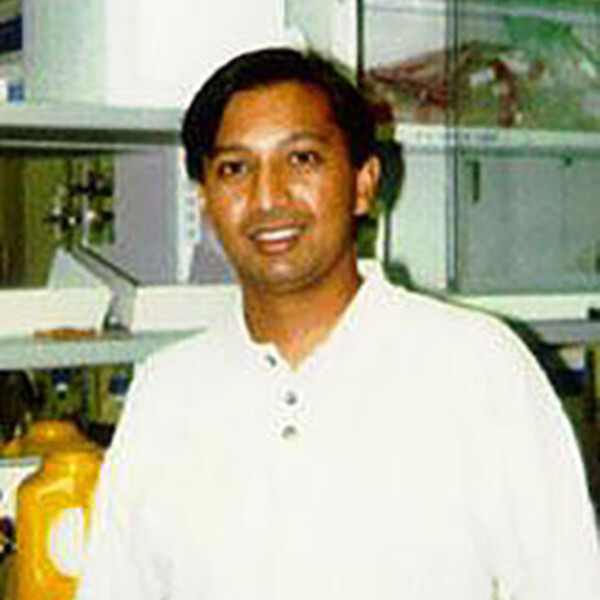Avi Chakrabartty
PhD, University of Toronto

Research Synopsis
Protein Folding and Design
The highly diverse and complex three-dimensional (3D) structures of proteins are integral to their equally diverse and complex functions. The mechanism by which a particular protein folds into its 3D structure is encoded in its amino acid sequence. This code is essentially the second half of the genetic code, and breaking the code is the ultimate goal of protein folding research.
The protein folding problem is not only a problem of basic science, but also has important medical applications. The protein folding code will aid in interpreting genomic sequences by providing information which can be used to infer function for new genes. The protein folding code can also be used to identify the biochemical consequences of mutations that cause disease. Knowing the protein folding code is critical for protein design, and the ability to design proteins will in turn have enormous consequences for biotechnology.
Our research efforts concentrate on elucidating the mechanism of protein folding and applying the mechanistic information to medical problems. Two medical aspects of protein folding in which we are currently interested include: a) Amyloid fibril formation and b) Design of polypeptide mimics of helical cytokines.
Recent Publications
- S. Bagby, S. Go, S. Inouye, M. Ikura, and A. Chakrabartty. 1998. Equilibrium folding intermediates of a greek key beta-barrel protein. J. Mol. Biol . 276 : 669-681.
- T.H.J. Huang, P.E. Fraser, and A. Chakrabartty. 1997. Fibrillogenesis of Alzheimer beta-Amyloid Peptides Studied by Fluorescence Energy Transfer. J. Mol Biol. 269 : 214-224.
- J. McLaurin and A. Chakrabartty. 1996. Membrane Disruption byAlzhemier beta-Amyloid Peptides Mediated Through Specific Binding to either Phospholipids or Gangliosides: Implications for Neurotoxicity. J. Biol. Chem . 271 : 26482-26489.
- Chakrabartty, A., Doig, A.J.,and Baldwin, R.L. 1993. Helix Capping Propensities in Peptides Parallel Those Found in Proteins. Proc. Natl. Acad. Sci. USA 90 : 11332-11336.
- Chakrabartty, A., Schellman, J.A., and Baldwin, R.L. 1991. "Large Differences Between the Helix Propensities of Alanine and Glycine". Nature 351 : 586-588.
